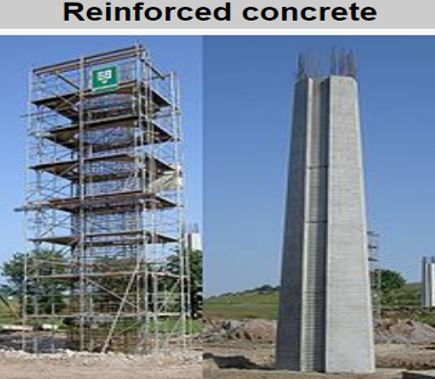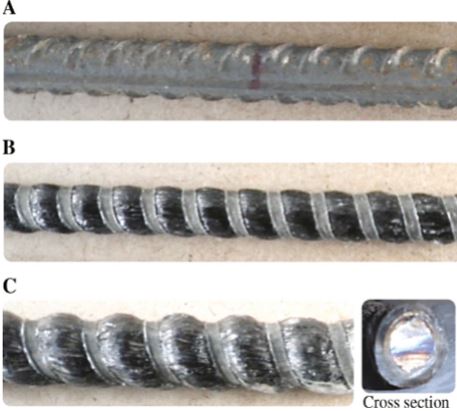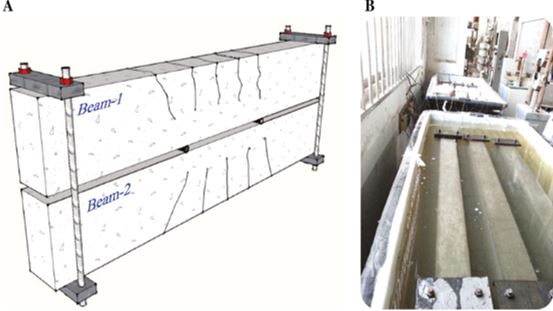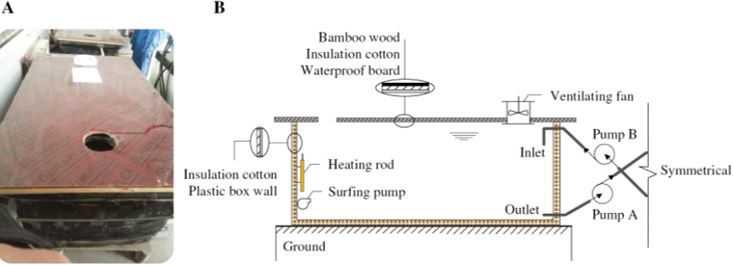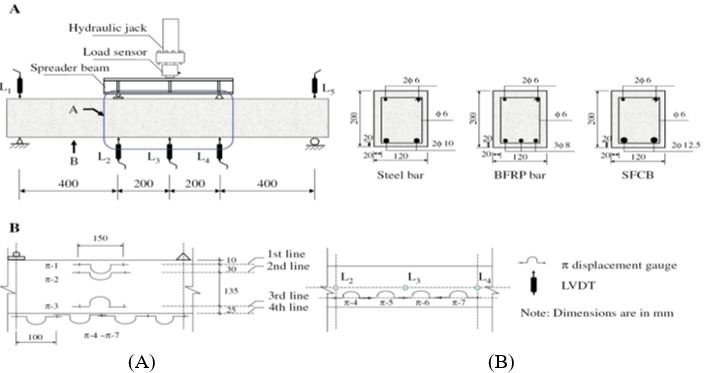Design and Approach for Calculation of Reinforcing Concrete Structure
Ahmad I1*
DOI:10.54741/asejar.1.6.1
1* Imtiyaz Ahmad, Assistant Professor, Department of Civil Engineering, Nagpur University, India.
Fiber reinforced polymer (FRP) bars are frequently used in civil engineering. due to their many benefits, which include excellent weight-to-strength ratio, light weight, ease of handling, electromagnetic neutrality, and lack of rust, as an alternative to reinforcement steel. FRP has also developed into a competitive and cost-effective structural material as production machinery advances and more industries become industrialised. In this study, the flexural presentation of concrete reinforced (RC) beams and fiber-reinforced polymer (FRP) bars after conditioning for 6, 9, and 12 months with simulated saltwater in a wet-dry environment cycling is investigated. This study's goal is to present new developments in the study of FRP-reinforced concrete structures based on current research. The bond depiction of concrete's compression behaviour, reinforced concrete's ductility, and FRP-reinforced FRP bars' flexural behavior. The bond presentation of FRP bars flexural behaviour, concrete, compression behaviour, and concrete of ductility structures reinforced with FRP bars in the last few years around the world are among the topics covered in this study. steel-FRP composite bars (SFCBs) and Basalt FRP (BFRP) are the two types of FRP bars used. For comparison, steel bars are used. During the conditioning, the beams are subjected to a steady load. There are a full of 24 simple-supported rays that being verified.
Keywords: reinforced, concrete structures, reinforce bar, bond strength
| Corresponding Author | How to Cite this Article | To Browse |
|---|---|---|
| , Assistant Professor, Department of Civil Engineering, Nagpur University, , , India. Email: |
Ahmad I, Design and Approach for Calculation of Reinforcing Concrete Structure. Appl. Sci. Eng. J. Adv. Res.. 2022;1(6):1-6. Available From https://asejar.singhpublication.com/index.php/ojs/article/view/33 |


 ©
© 